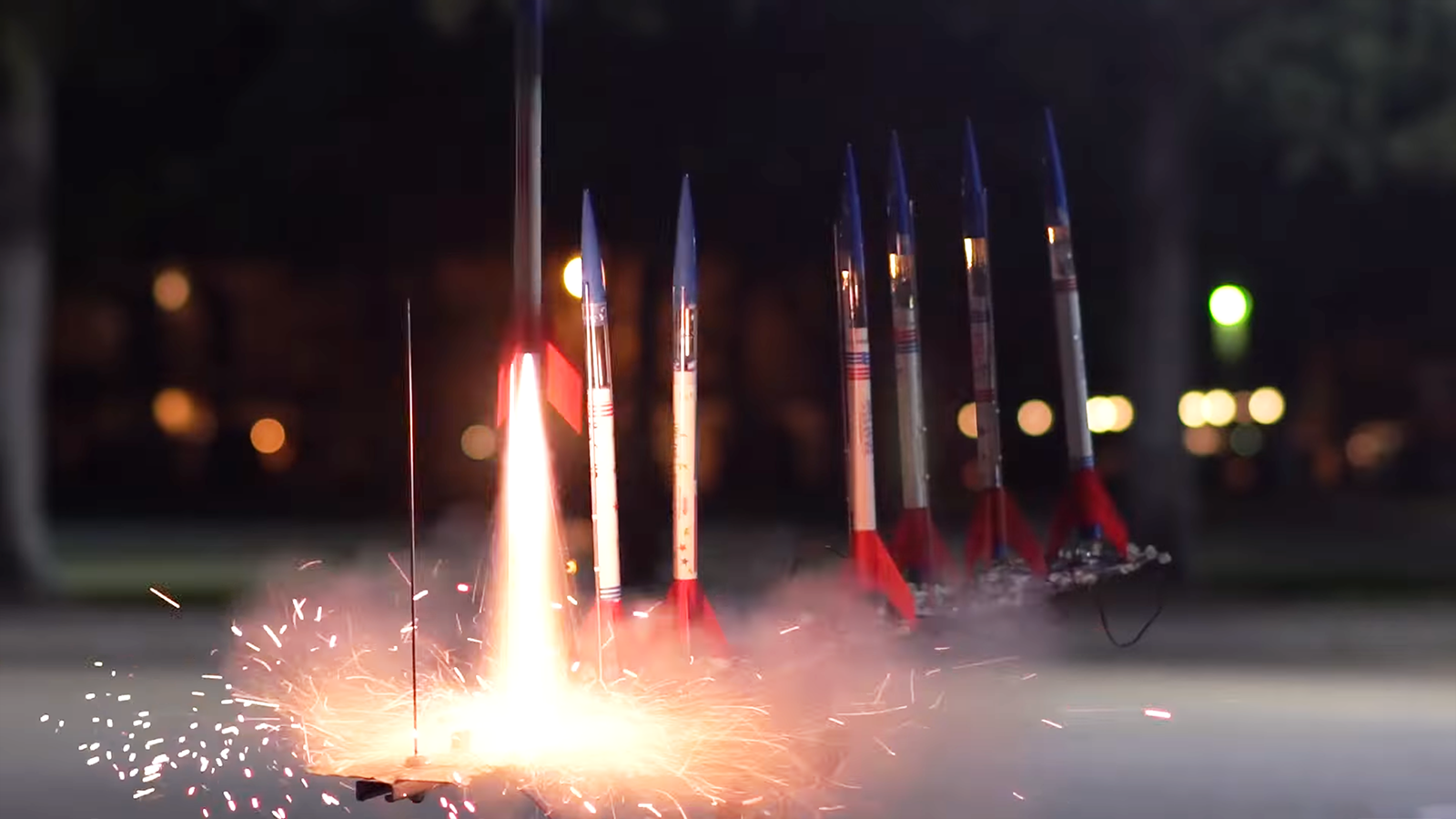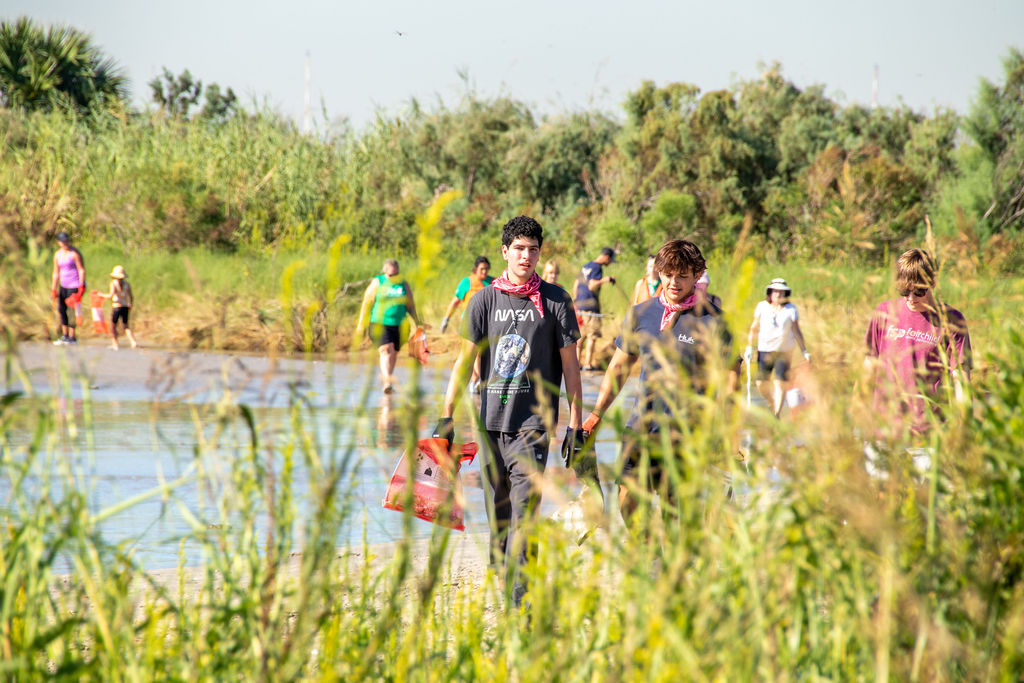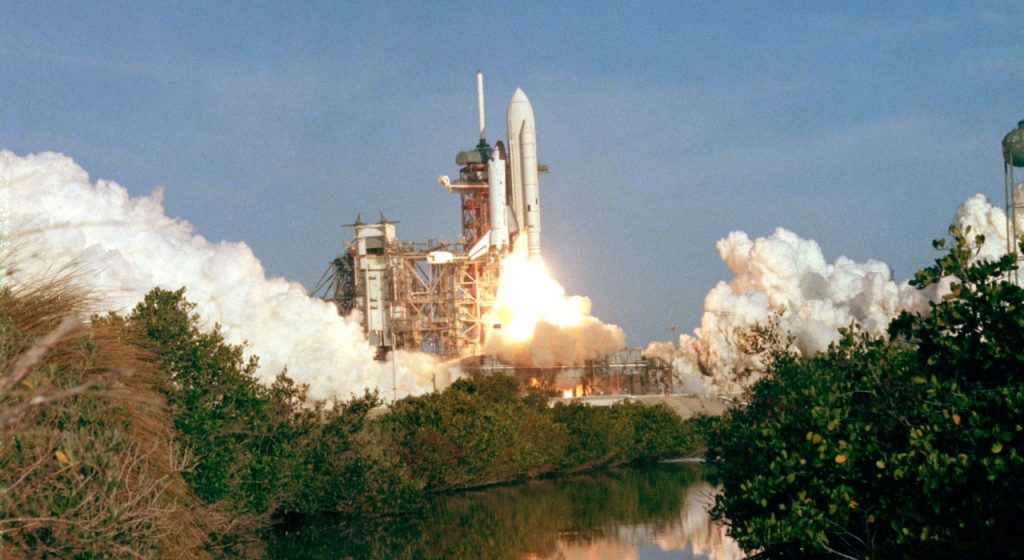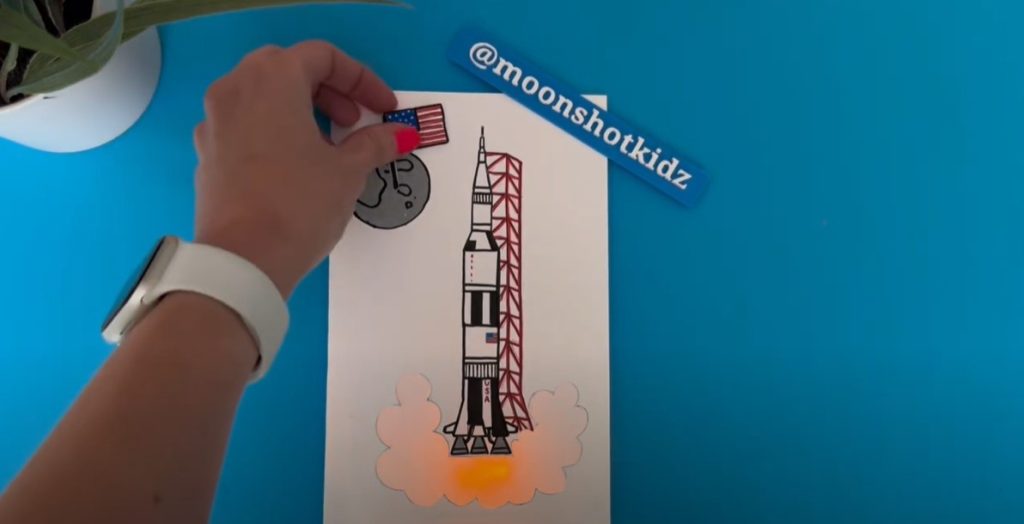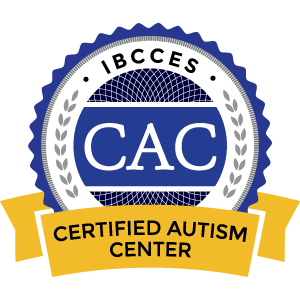
To understand how a super heavy rocket can launch into space, you have to go back to the basics and take a closer look at Newton’s three laws of motion.
Last time, we took a look at Newton’s second law and how it can be applied to human spaceflight. This week, we are investigating Newton’s third law.
What is Newton’s Third Law?
Newton’s third law simply states that for every action there is an equal and opposite reaction.
So, if object A acts a force upon object B, then object B will exert an opposite yet equal force upon object A.
Watch the STEMonstration clip below to see NASA astronauts Mark Vande Hei and Joe Acaba explain and demonstrate Newton’s third law of motion onboard the International Space Station (ISS):
How can this law be applied to rockets?
Okay, so you have a good grasp on Newton’s third law of motion. But, how does it apply to rockets?
Liftoff is a good place to start.
At launch, hot exhaust gas is generated from fuel combustion in the rocket’s engines. This exhaust gas is pushed out of the rocket (the action), generating thrust (the reaction). However, for the rocket to successfully launch into space, the amount of thrust generated by the rocket must be greater than the rocket’s mass.
In keeping with Newton’s second law of motion, Force = mass X acceleration, the generated thrust will cause the acceleration the rocket needs to leave Earth’s atmosphere.
NASA’s Space Launch System (SLS), which is set to begin launching Artemis missions this year, will generate approximately 2,000 pounds of thrust at launch, which is 13% more thrust than the space shuttle and 15% more thrust than the mighty Saturn V!
That’s going to be one big action and reaction!
So, when you watch the upcoming Artemis I launch, remember Newton’s laws of motion.
Learn more about Newton’s third law in the context of space by clicking here, and be sure to check out NASA’s Newton in Space lesson for educators of grades 5-8 here, and NASA’s STEMonstration lesson for grades 6-8 here.

